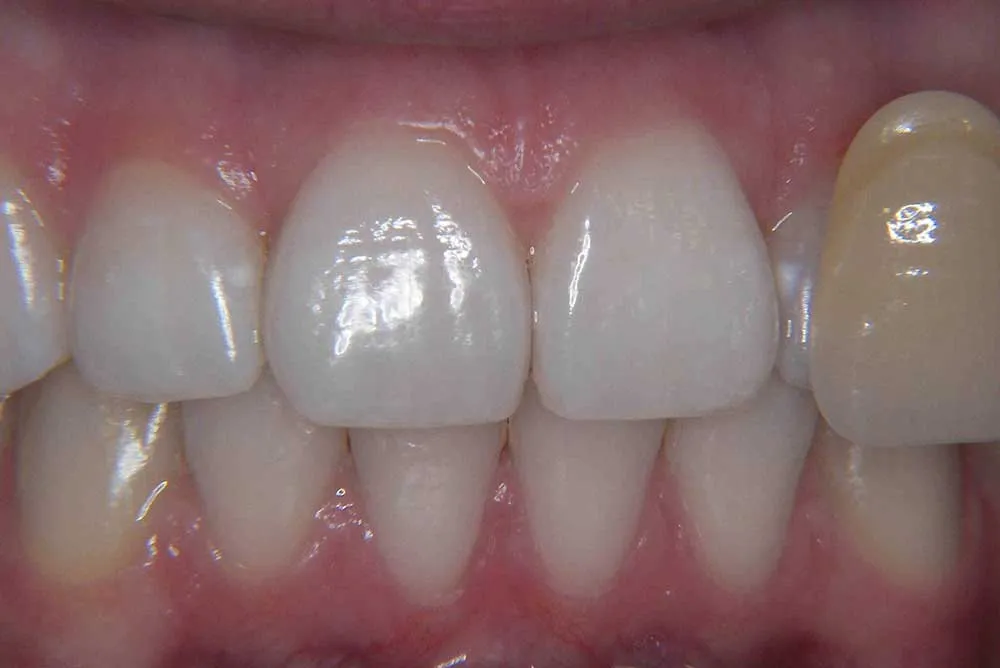What is Tooth Whitening and Bonding
Tooth whitening and dental bonding are two distinct yet often complementary cosmetic dentistry procedures aimed at enhancing the appearance of your smile. Tooth whitening, also known as teeth whitening, focuses on lightening the existing color of your teeth, removing stains and discoloration caused by various factors like aging, diet, and lifestyle habits. Dental bonding, on the other hand, involves applying a tooth-colored resin material to the teeth to repair chips, cracks, gaps, or other imperfections. Both procedures can significantly improve your smile, boosting your confidence and overall oral aesthetics. The choice between them, or whether a combination is best, depends on your specific dental concerns and goals.
Understanding Tooth Whitening
Tooth whitening is a popular cosmetic procedure that involves bleaching your teeth to a lighter shade. It works by using bleaching agents, typically hydrogen peroxide or carbamide peroxide, to break down the stains and discoloration within the enamel. This process does not damage the tooth structure but rather alters the way light reflects off the teeth, making them appear brighter and whiter. The effectiveness of tooth whitening varies depending on the type and severity of the stains, as well as the individual’s natural tooth color. It is important to note that tooth whitening only works on natural teeth and will not whiten fillings, crowns, or other dental restorations.
Types of Tooth Whitening
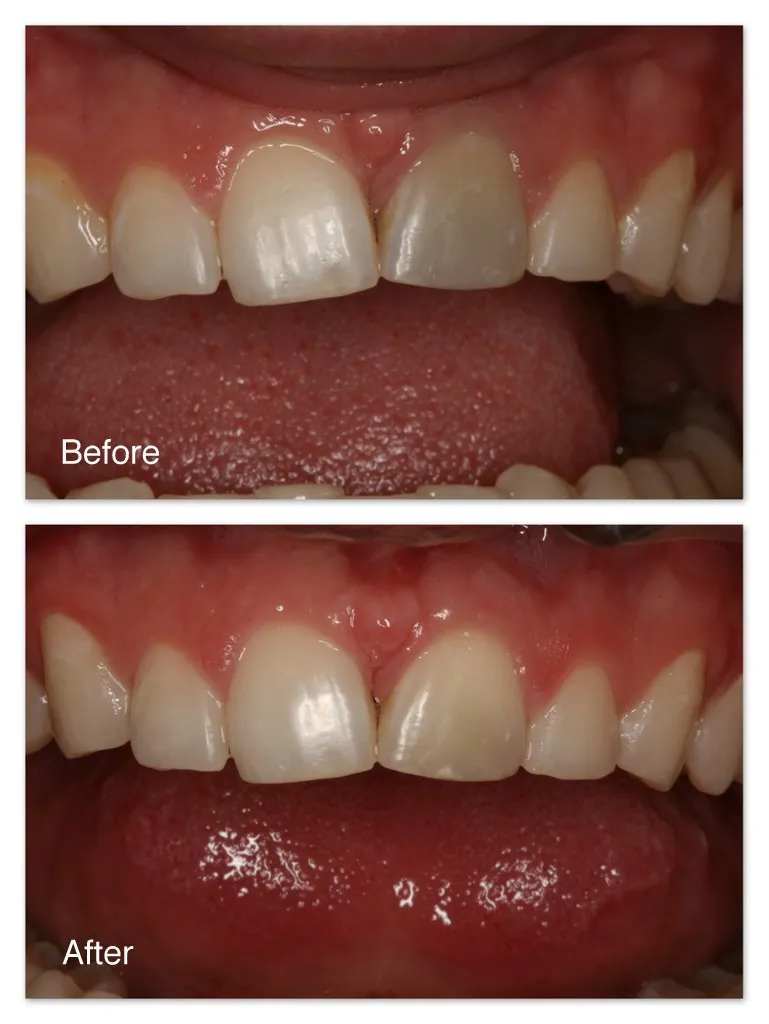
There are several types of tooth whitening available, each offering different levels of convenience, cost, and effectiveness. The two main categories are in-office whitening and at-home whitening kits. In-office whitening provides the fastest results, as it uses a higher concentration of bleaching agents and is performed under the supervision of a dental professional. At-home whitening kits are more affordable and convenient, allowing you to whiten your teeth at your own pace. These kits typically include custom-fitted trays and a lower concentration of bleaching gel. Both options can deliver noticeable results, but the choice depends on your personal preferences and the extent of the desired whitening.
In-Office Whitening
In-office whitening, also known as professional teeth whitening, is the most effective way to achieve dramatic results quickly. Your dentist will apply a high-concentration bleaching agent to your teeth, and in many cases, they’ll use a special light or laser to activate the whitening process. This can significantly speed up the bleaching process, resulting in a brighter smile in just one or two appointments. Before the procedure, your gums will be protected with a barrier to prevent irritation. While in-office whitening is more expensive than at-home options, the results are immediate and often last longer. It’s an ideal choice for those seeking a rapid and noticeable improvement in their smile’s brightness. (Image: in-office-teeth-whitening.webp)
At-Home Whitening Kits
At-home whitening kits offer a more convenient and budget-friendly approach to teeth whitening. These kits typically include custom-fitted trays that you fill with a bleaching gel, which you then wear for a specified amount of time each day. The trays ensure that the bleaching agent comes into contact with the teeth evenly. The kits available over-the-counter have a lower concentration of bleaching agent than those used in the dentist’s office, so it takes longer to see the results. Your dentist can also provide a professional-grade at-home whitening kit for more effective results. With consistent use, at-home whitening kits can still deliver impressive results, making them a popular choice for maintaining a bright smile between professional treatments. (Image: at-home-teeth-whitening.webp)
Risks and Side Effects of Tooth Whitening
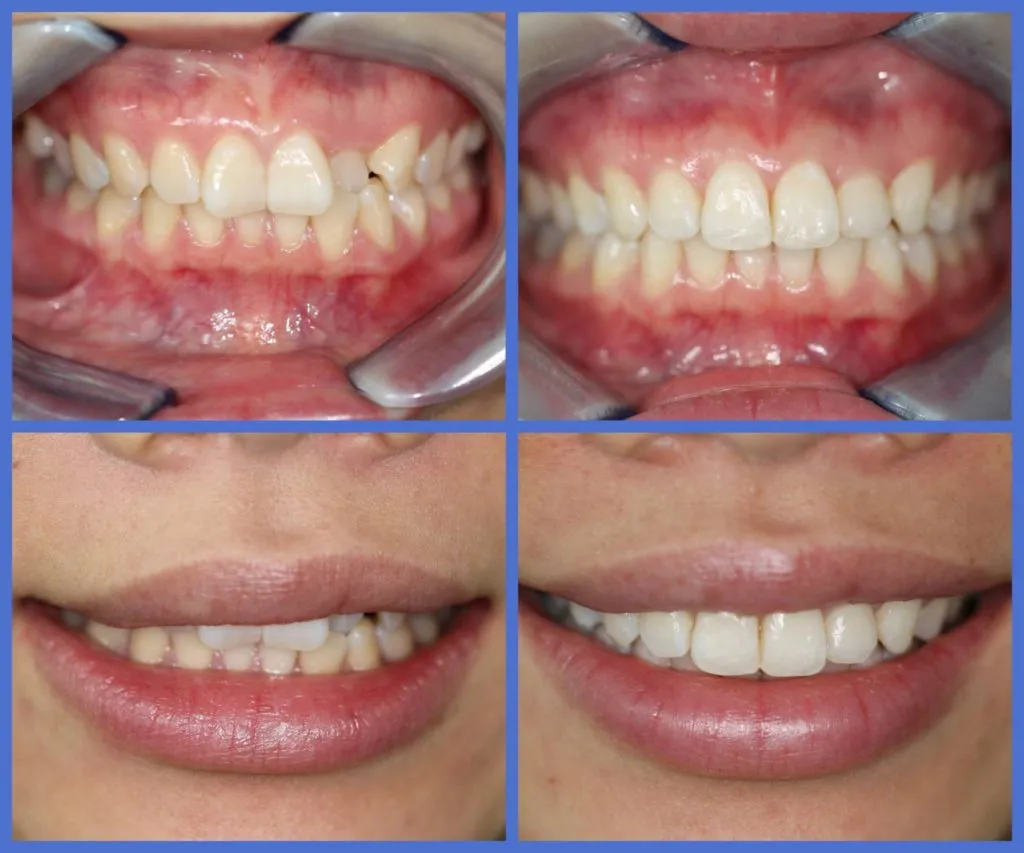
While generally safe, tooth whitening can have potential side effects. The most common side effect is tooth sensitivity, which can range from mild to moderate and usually subsides shortly after the treatment is completed. Gum irritation can also occur if the bleaching agent comes into contact with the soft tissues. In rare cases, more severe side effects may include changes in tooth enamel. It’s essential to consult with your dentist before undergoing tooth whitening to determine if it’s suitable for you and to discuss any potential risks. They can also provide guidance on how to minimize side effects and achieve the best possible results.
Understanding Dental Bonding
Dental bonding is a versatile cosmetic procedure where a tooth-colored resin material is applied to the teeth to improve their appearance. It’s used to repair a variety of dental imperfections, from minor chips and cracks to gaps between teeth and discoloration. The bonding material is carefully matched to the shade of your existing teeth, making it virtually undetectable. The procedure is relatively quick, usually completed in a single visit to the dentist’s office, and is a more affordable alternative to other cosmetic treatments like veneers. Dental bonding can dramatically improve the appearance of your smile, boosting your confidence and providing a natural-looking result.
What is Dental Bonding
Dental bonding involves the use of a composite resin material that is applied and sculpted onto the tooth’s surface. This material is then hardened using a special curing light, effectively bonding it to the tooth. Bonding is a non-invasive procedure and can be completed in a single dental visit. The dentist carefully shapes and polishes the bonded material to match the surrounding teeth, ensuring a natural and seamless appearance. The composite resin is available in a wide range of shades, allowing the dentist to choose the perfect match for your teeth. Dental bonding is an effective way to address a variety of cosmetic concerns, providing an aesthetically pleasing solution for a brighter and healthier smile.
When is Dental Bonding Recommended
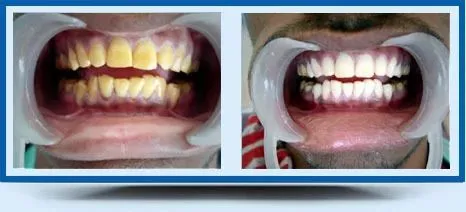
Dental bonding is recommended for various cosmetic and restorative purposes. It’s an excellent option for repairing chipped or cracked teeth, closing small gaps between teeth, reshaping teeth that are misshapen, and covering teeth with stains or discoloration that are not responsive to whitening treatments. Bonding can also be used to protect the exposed root of a tooth after gum recession and to fill cavities. The procedure is often a more conservative and cost-effective alternative to veneers, making it an ideal choice for patients seeking a less invasive solution to improve their smile. Your dentist will assess your specific needs and recommend bonding if it is the most appropriate and beneficial treatment.
The Dental Bonding Procedure
The dental bonding procedure is typically a straightforward process. The dentist starts by preparing the tooth, which may involve lightly roughening the surface to help the bonding material adhere. The composite resin is then applied to the tooth and sculpted to the desired shape. A special curing light is used to harden the resin, solidifying the bond. Once the bonding material is set, the dentist carefully polishes it to match the surrounding teeth and ensure a smooth, natural appearance. The entire procedure usually takes between 30 minutes to an hour per tooth. (Image: dental-bonding-procedure.webp)
Pros and Cons of Dental Bonding
Dental bonding offers several advantages. It is a relatively inexpensive cosmetic procedure compared to other options like veneers. The procedure is quick, typically completed in a single visit. Bonding is a conservative treatment, meaning that it requires minimal removal of tooth structure. However, there are also some downsides to consider. The bonding material is not as durable as other restorative materials like porcelain veneers and can chip or break more easily. Bonding can also stain over time, especially with the consumption of coffee, tea, and tobacco. In general, bonding may be less suitable for major structural or functional problems. Knowing these pros and cons helps make an informed decision.
Tooth Whitening vs Dental Bonding Choosing the Right Option
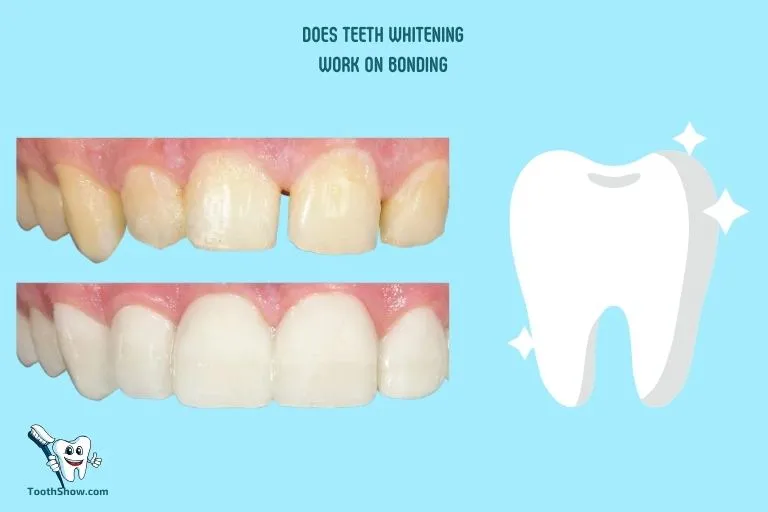
Choosing between tooth whitening and dental bonding depends on your specific dental concerns and desired outcomes. Tooth whitening is ideal for addressing stains and discoloration across the entire tooth surface. Dental bonding, on the other hand, is better suited for correcting localized imperfections like chips, cracks, or gaps. In some cases, a combination of both procedures may be recommended. For example, you might whiten your teeth first to achieve a lighter shade and then use bonding to repair any remaining imperfections. Your dentist can assess your oral health and discuss your goals to recommend the most appropriate treatment plan.
Factors to Consider
Several factors will influence your decision. Consider the nature of your dental issues – are you dealing with widespread discoloration, or are there specific chips or gaps to address? The cost and your budget play a role, as dental bonding might be more cost-effective initially. Think about the longevity of each treatment; bonding may require more frequent touch-ups. Think about the time commitment; tooth whitening is often quicker. Talk with your dentist about what you want your teeth to look like to make an informed choice.
Consulting Your Dentist
The best way to decide between tooth whitening and dental bonding is to consult with your dentist. They will examine your teeth and gums, discuss your goals, and provide personalized recommendations. Your dentist will assess the cause of any discoloration or imperfections and determine the most effective treatment plan. They will also explain the benefits, risks, and costs of each procedure, helping you make an informed decision. Never hesitate to ask questions and express your concerns to ensure that you are comfortable with the chosen treatment. (Image: teeth-whitening-vs-bonding.webp)
The Cost of Tooth Whitening and Bonding

The cost of tooth whitening and dental bonding varies depending on several factors, including the type of procedure, the dentist’s location, and the extent of the treatment needed. In-office teeth whitening is generally more expensive than at-home options due to the professional expertise and advanced technology involved. The cost of dental bonding depends on the number of teeth being treated and the complexity of the repairs. It is essential to discuss the cost with your dentist beforehand, as they can provide an estimate and explain any payment options available. Considering the cost of treatment and your budget can guide you in making the best decision to improve your smile. (Image: cost-of-teeth-whitening.webp)
Maintenance and Aftercare
Proper maintenance and aftercare are crucial to ensure the longevity and effectiveness of both tooth whitening and dental bonding. Following your dentist’s instructions for maintaining your white smile and caring for your bonded teeth will help you achieve the best possible results. This includes practicing good oral hygiene, avoiding certain foods and beverages, and attending regular dental check-ups. Remember, the goal is not just to enhance your smile but also to maintain its health and appearance over the long term.
Maintaining Your White Smile
To maintain your white smile after tooth whitening, there are several steps you can take. Avoid or limit the consumption of foods and drinks that can stain your teeth, such as coffee, tea, red wine, and berries. Practice good oral hygiene by brushing your teeth at least twice a day with a whitening toothpaste and flossing daily. Consider using a straw when drinking staining beverages. Regular dental check-ups and professional cleanings can also help remove surface stains and keep your teeth looking bright. Touch-up treatments may be needed periodically to maintain your desired level of whiteness. (Image: maintaining-white-smile.webp)
Caring for Bonded Teeth
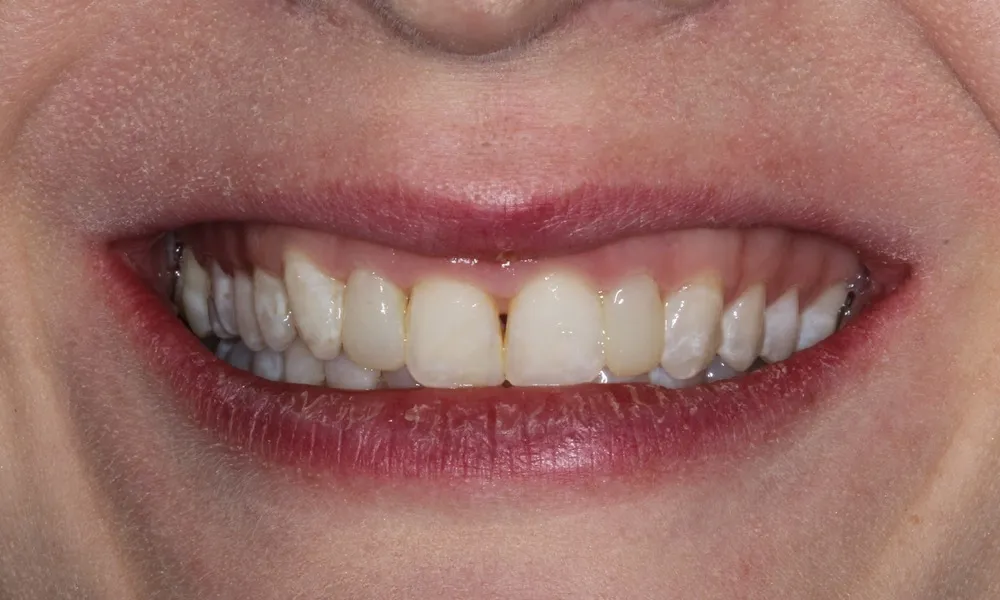
Caring for bonded teeth involves practicing good oral hygiene and avoiding habits that could damage the bonding material. Brush and floss your teeth regularly to remove plaque and prevent cavities. Avoid chewing on hard objects, like ice or pens, which can chip the bonding. Limit the consumption of staining foods and drinks to prevent discoloration. Visit your dentist for regular check-ups and cleanings to maintain the health of your bonded teeth and address any potential issues promptly. Regular dental care and mindful habits will extend the life of your dental bonding and keep your smile looking its best. (Image: caring-for-bonded-teeth.webp)
